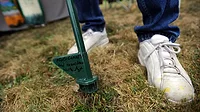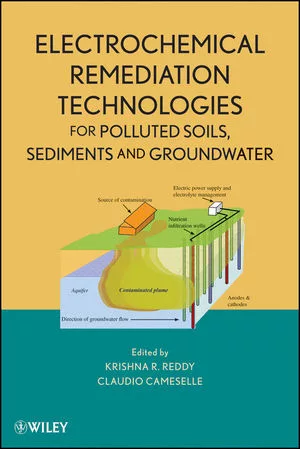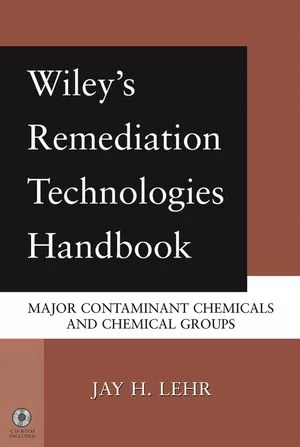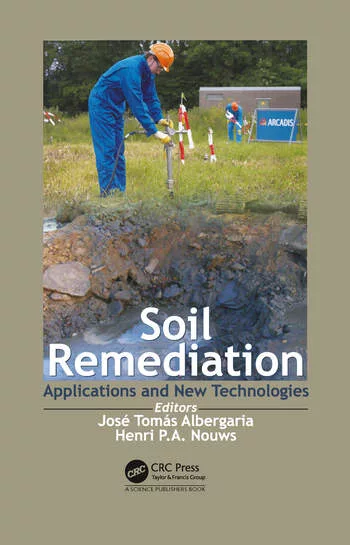EPA awards research funding to 25 small businesses to develop environmental technologies
Projects include a water sampling device to detect the presence of PFAS.
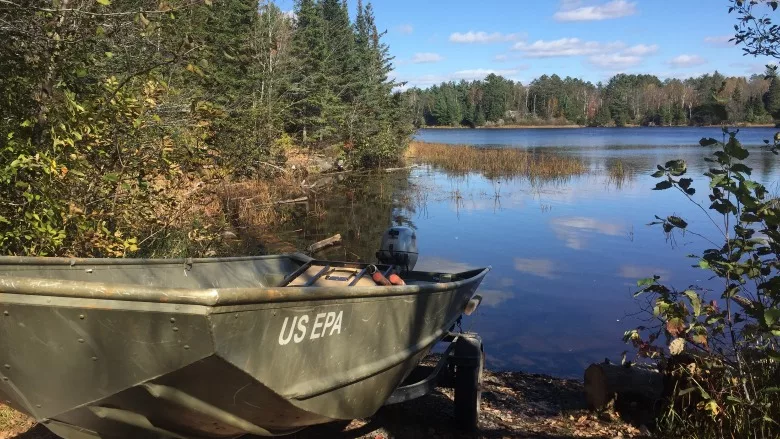
On Dec 21, the U.S. Environmental Protection Agency (EPA) announced $2,497,134 in research funding for 25 small businesses to develop technologies that address some of our most pressing environmental problems. Projects include technologies for detecting methane emissions, methods to prolong the shelf life of foods and reduce food waste, software systems to improve recycling and materials management, and a water sampling device to detect the presence of PFAS.
“Congratulations to these small businesses for spurring innovation with their exciting ideas,” says EPA Assistant Administrator for the Office of Research and Development Chris Frey. “We are excited to see how they develop their technologies as they address critical environmental issues.”
These awards are part of EPA’s Small Business Innovation Research (SBIR) program which runs an annual, two-phase competition for funding. The 25 small businesses below are receiving up to $100,000 in Phase I funding for six months for “proof of concept” of their proposed technology. Companies that complete Phase I can then apply to receive Phase II funding of up to $400,000 to further develop and commercialize their technology.
SBIR Phase I winners and their proposed technologies are below:
- Beta Analytic (Miami, Fla.) to develop a novel method to trace fugitive sources of methane in atmospheric gas mixtures.
- Can I Recycle This, Inc. (Athens, Ga.) to develop a circular economy solution that provides real-time, geospatial materials recovery information.
- Censys Technologies Corporation (Daytona Beach, Fla.) to develop an innovative system for remote sensing of fugitive methane.
- City of Roses Disposal and Recycling, Inc. (Portland, Ore.) to develop a real-time recycling inventory aggregation and management software for construction and demolition waste.
- Cleaned and Green, LLC (Indian Springs Village, Ala.) to develop ann enhanced efficiency poultry litter-based fertilizer that is cost-effective and environmentally friendly.
- Aquarius Systems (North Prairie, Wis.) to develop an in-water collection and removal device to capture floating debris.
- EIC Laboratories, Inc. (Norwood, Mass.) to develop a novel technique for rapid, on-site analysis of water quality.
- Forever Analytical Services, Inc. (South Bend, Ind.) to develop a rapid, field-deployable water sampling device to measure PFAS.
- GoodGames (Freeport, Maine) to develop a social networking platform to help build community resilience to disasters, threats, and extreme weather.
- HJ Science & Technology, Inc. (San Leandro, Calif.) to develop a portable, on-site technology to detect PFAS in complex water environments.
- Hydrova Inc. (San Diego, Calif.) to develop a novel process for complete resource recovery and hydrogen production from secondary aluminum processing waste.
- Imvela Corp (Brooklyn, N.Y.) to develop a novel, natural ingredient that reduces microbial spoilage and extends shelf life of fresh fruit.
- Iterant, Inc. (Berkeley, Calif.) to develop an online platform for regional plastic packaging reuse systems.
- J-Tech LLC (Lakewood, Colo.) to develop a septic tank technology that enables low-cost, sustainable disinfection of wastewater for on-site non-potable reuse.
- Kamilo, Inc. (San Francisco, Calif.) to develop a digital verification system to confirm the percentage of recycled content in products to advance plastic circularity.
- Mesa Photonics, LLC (Santa Fe, N.M.) to develop a methane monitoring network for continuous measurement of methane emissions.
- Optimized Thermal Systems, Inc. (Beltsville, Md.) to optimize a machine for improved recovery of a refrigerant with high global warming potential.
- LeapFrog Design (Bend, Ore.) to develop a modular ecological water treatment system for onsite capture and non-potable reuse from single-family residences.
- Seacoast Science, Inc. (Carlsbad, Calif.) to develop a fully automated analyzer to monitor air toxics in indoor spaces.
- Sporian Microsystems, Inc. (Lafayette, Colo.) to develop a high-speed, low-cost imaging system for improved identification of microplastics.
- Ourobio (Charlottesville, Va.) to produce sustainable indigoid dyes and bioplastics using byproducts of dairy processing
- UES, Inc. (Dayton, Ohio) to develop an innovative air toxic monitoring system for neighborhood-level monitoring.
- VISIMO, LLC (Coraopolis, Pa.) to develop a machine learning toolkit for screening research published outside of commercial or academic publishing to improve systematic reviews for chemical risk assessment.
- Wisely, Inc. (Wilmington, N.C.) to develop a smart food storage system to reduce household food waste by allowing users to track perishables.
- Zabble Inc. (Walnut Creek, Calif.) to develop an artificial intelligence-based tagging platform for contamination monitoring audits to improve recycling.
Learn more about the winning companies.
Learn more about EPA’s SBIR program.

.webp?height=200&t=1663952064&width=200)

